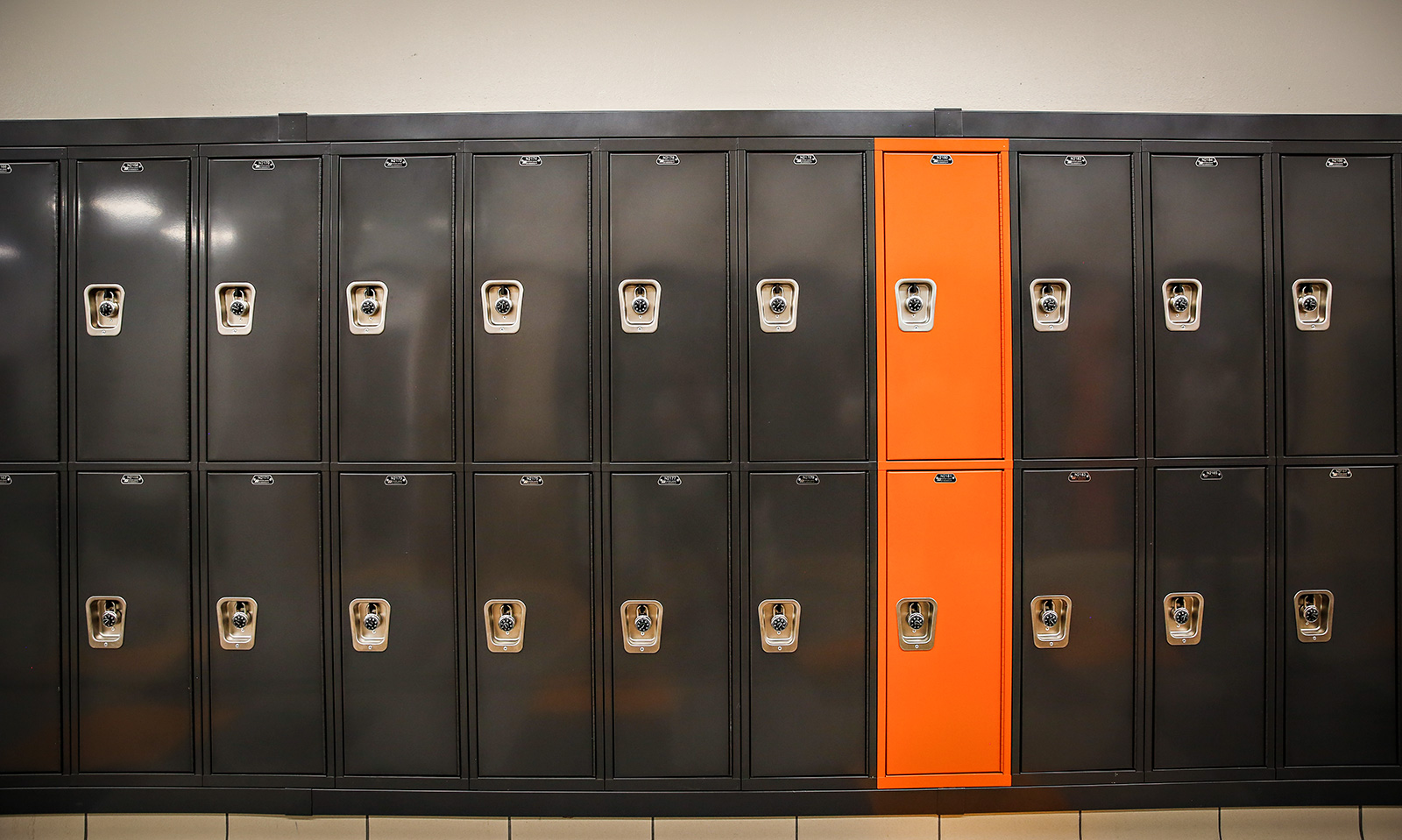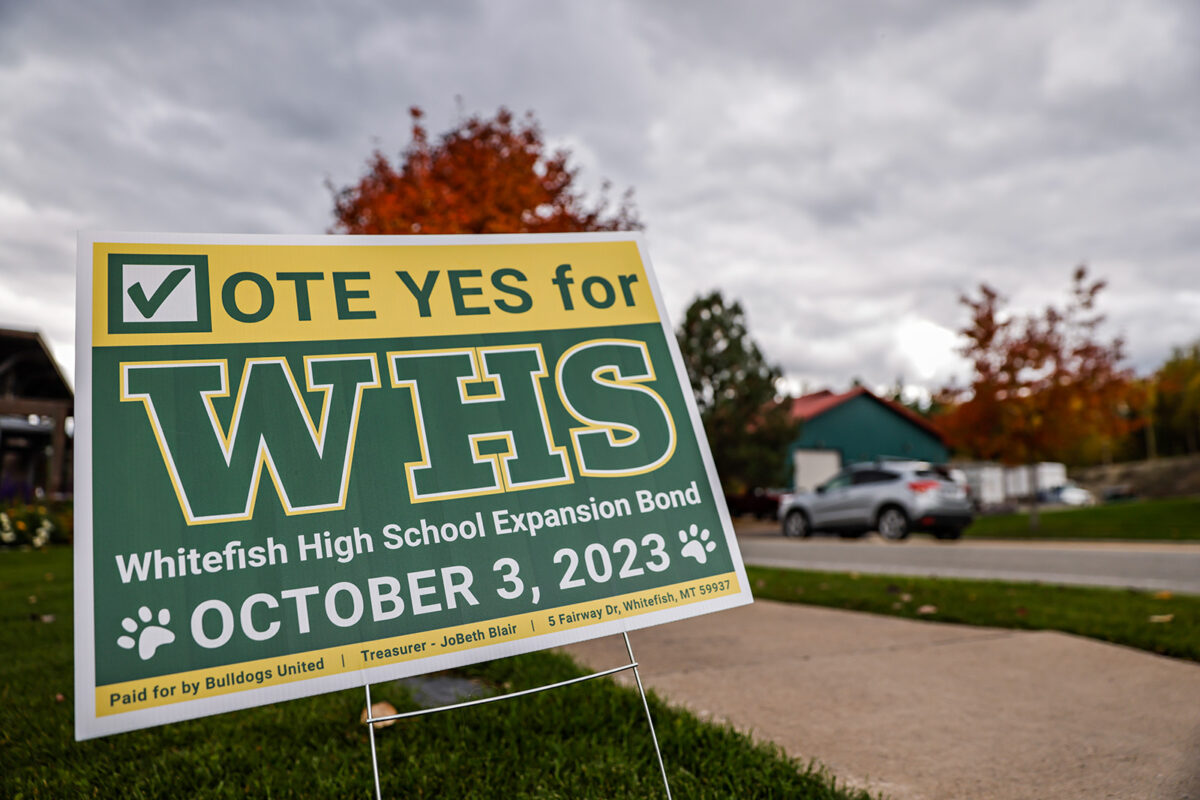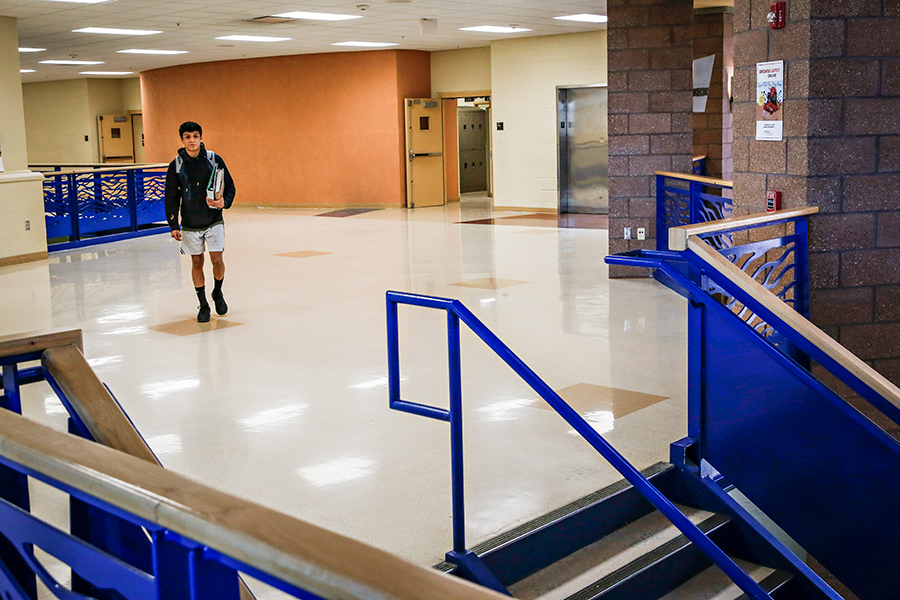‘Domino Effect’ Looms Following School Levy and Bond Rejections
After residents of Kalispell and Whitefish voted against school funding measures earlier this month, the cities’ school districts are reconfiguring budgets and reconsidering how they engage with the community as they plan for an uncertain financial future
By Denali Sagner
After Flathead Valley voters rejected a slate of school levies and bonds earlier this month, local school districts are charting a path forward that will be marked by dwindling funding and budget cuts.
“[The levy failures] are, in a lot of ways, a gut punch, and are really hard for people who work with the community’s most prized possession every day to comprehend and understand when the asks seem reasonable,” Kalispell Public Schools (KPS) Assistant Superintendent Matt Jensen said at an Oct. 10 school board meeting. “It’s a pretty tough pill to swallow.”
Kalispell voters on Oct. 3 overwhelmingly rejected four proposed levies that would have funded safety and technology infrastructure across the district. The KPS levies were set to cover programs and services not covered by state funding, such as school resource officers, cyber security infrastructure, mental health counselors and emergency response systems. That same night, voters in Whitefish rejected a $33.7 million bond that would have funded a major expansion of Whitefish High School and its adjacent athletic complex ahead of projected growth.
As the dust settles around the failed levies and bonds, Kalispell and Whitefish school officials are working to piece together smaller budgets and make sense of the community’s rejection of local funding measures.
“Certainly, we’re disappointed. But we’re not disheartened,” Whitefish High School Principal Kerry Drown said. “We have real needs. We have a good plan in terms of the overall work that went into the project from the committee and all the people involved. It’s not all for naught; it’s just a moment in time that says we didn’t get enough information out. We need to find out where the sticking points are.”
The Whitefish High School expansion proposal was born out of months of planning by teachers, administrators, community members and parents, who see a need for a larger campus in the midst of unprecedented population growth in Whitefish. Architects from Cushing Terrell, the firm that designed the high school expansion plan, have estimated that Whitefish High School will enroll 644 students by 2027, 711 students by 2032 and 866 students by 2042. There are currently 640 students enrolled in Whitefish High School, already pushing the building past its 600-student capacity.
For Drown, the needs of the school district are acute, and the rejection of the bond likely comes out of communication shortcomings between the district and the community.
Drown also noted that putting the high school bond before voters just as Montana taxpayers received inflated property valuations from the state “definitely didn’t help the situation.” The median residential property value in Flathead County jumped by 45%, or $138,700, between 2021 and 2023, prompting concerns about skyrocketing property tax bills.

While the explanation behind the election results remains murky, the forecasted outcomes for school officials are much clearer.
“These failed levies will impact the quality of education and what we’re accustomed to providing,” Jensen said.
Jensen and KPS Interim Superintendent Randy Cline told the Kalispell school board on Tuesday that the district will be forced to reconfigure its budget in the absence of the levies, and that cuts will likely be spread across programs. Jensen voiced specific concerns about the failed elementary technology levy, which was set to replace a sunsetting levy that currently funds technology infrastructure in the district’s elementary and middle schools.
“We will still need to maintain some level of infrastructure with our technology, we will just need to absorb those costs somewhere else,” the assistant superintendent said.
“It’s going to be a domino effect. If we have to take it from the general fund, it’s going to be affecting all elementary programs,” Cline said. “There are a lot of things that we have to look at in the overall budget picture.”
In addition to program cuts, KPS Human Resources Director Liz English said that the levy failures will make it more difficult for the district to offer competitive salary packages and benefits to prospective staff, adding another complicating factor to the teacher and staff shortages seen across the valley. Without the additional funding, the school district will be “in a different mindset going forward,” according to English.
Trustee Jinnifer Mariman at the Tuesday meeting urged the board to invest in safety infrastructure even if it will mean cuts to other programs. The failed safety levies were set to address deficiencies identified in a safety audit conducted by KPS in 2022.
“Frankly, we as a board, I don’t think we can turn our eye to that safety audit. I think we have to move forward with it,” Mariman said. “I don’t know how we don’t move forward with it.”

With the October elections in the rearview mirror, both Whitefish and Kalispell will be tasked with deciding if, and when, to propose bonds and levies to voters again, in hopes of receiving a different outcome.
Mariman said that while KPS could propose levies again in the spring, it may be difficult to get them approved by Kalispell voters, who will already be asked to approve an emergency responder levy from the city.
Drown said that his team will meet again next week to discuss the high school expansion proposal, which the district hopes to put in front of voters again in the near future. The principal said that the process will likely involve reconvening the larger Whitefish High School expansion committee, going back to the school board with an update and eventually returning the bond to the voters. He is both motivated and concerned by the slim margins of the vote — the bond failed by 152 ballots — a factor that will inform the next phase of the process.
“Every vote counts and every bit of time counts when you’re dealing with an expansion and a need like this,” Drown said. “We don’t want to get backed into a corner where we have to get creative with temporary classrooms.”
Ultimately, Drown and his counterparts in Kalispell hope that the recent elections will be a lesson in community engagement, rather than a sign of a dismal future for school funding.
“The bottom line is we’re going to learn some things from this experience.”